In the eternal darkness of the deep sea, where sunlight never penetrates, evolution has crafted one of the ocean’s most bizarre and efficient predators—the anglerfish. With its grotesque appearance and a glowing lure dangling from its head like a macabre fishing rod, this creature seems ripped straight from the pages of a horror novel. Yet, the anglerfish is a masterclass in biological adaptation, a silent hunter thriving in one of Earth’s most inhospitable environments.
The anglerfish’s most iconic feature is its bioluminescent esca, a fleshy growth protruding from its forehead that emits an eerie glow. This "fishing pole" is tipped with symbiotic bacteria that produce light through a chemical reaction, a beacon in the abyss. For most deep-sea dwellers, bioluminescence is a survival tool—used to communicate, attract mates, or confuse predators. But the anglerfish wields it as a weapon. Its light lures curious prey—small fish, crustaceans, and squid—into striking range of its gaping, needle-lined jaws. The moment an unsuspecting victim investigates the glow, the anglerfish strikes with a swift, vacuum-like suction, swallowing its meal whole.
What makes this hunting strategy even more remarkable is the anglerfish’s near-invisibility in the depths. Its body is often dark brown or black, absorbing what little ambient light exists. Some species even have translucent flesh, rendering them almost ghostly. Combined with an ability to remain motionless for hours, the anglerfish becomes a phantom, its glowing lure the only sign of its presence until it’s too late for prey.
The anglerfish’s reproductive strategy is as alien as its appearance. In many species, males are tiny dwarfs compared to the females—sometimes less than a tenth of their size. Their sole purpose is to find a female and fuse with her. Using keen olfactory senses, males locate females in the vast darkness. Upon contact, the male bites into the female’s flesh, releasing enzymes that dissolve his mouth and her skin, fusing their circulatory systems. He becomes a permanent parasite, providing sperm in exchange for nutrients. In some cases, a single female may host multiple males, their bodies atrophying until they’re little more than gonadal appendages.
Despite their fearsome reputation, anglerfish pose no threat to humans. They inhabit depths ranging from 1,000 to 3,000 meters, far beyond the reach of casual divers. Their flabby, gelatinous bodies couldn’t survive the pressure changes of shallow waters. Yet, they face indirect threats from human activity. Deep-sea trawling and ocean pollution disrupt their fragile ecosystems, while climate change may alter the delicate balance of their prey populations.
Scientists continue to uncover secrets about these enigmatic creatures. Recent studies reveal that some anglerfish can modulate their bioluminescence, flickering their lures to mimic the movements of prey. Others suggest that their immune systems are uniquely adapted to tolerate the permanent attachment of males—a phenomenon that would trigger fatal immune responses in most vertebrates. Each discovery peels back another layer of mystery, showcasing the anglerfish as a symbol of nature’s boundless creativity.
The deep sea remains Earth’s final frontier, and the anglerfish is its most chilling ambassador. A reminder that life persists in the most extreme conditions, adapting in ways that defy imagination. Its glowing lure, a siren’s call in the abyss, is a testament to evolution’s dark ingenuity—a beacon not just for prey, but for humanity’s insatiable curiosity about the unknown.

By /Jun 10, 2025

By /Jun 10, 2025

By /Jun 10, 2025
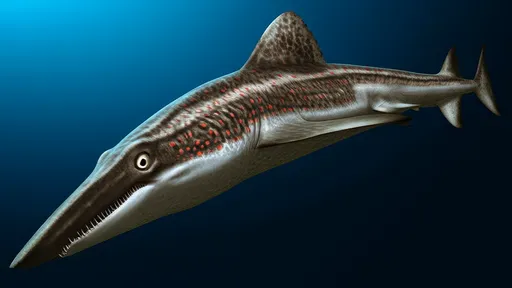
By /Jun 10, 2025
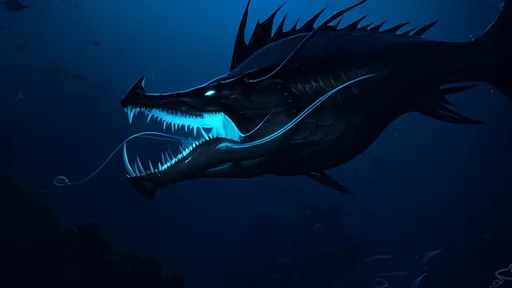
By /Jun 10, 2025
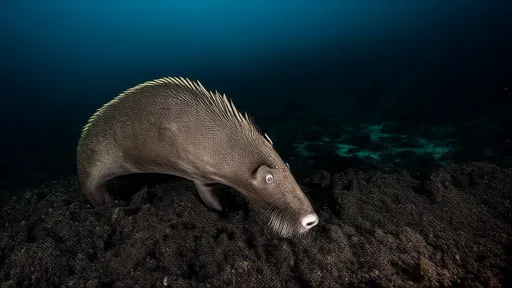
By /Jun 10, 2025
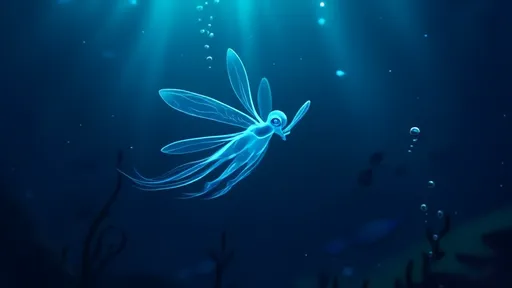
By /Jun 10, 2025

By /Jun 10, 2025

By /Jun 10, 2025

By /Jun 10, 2025
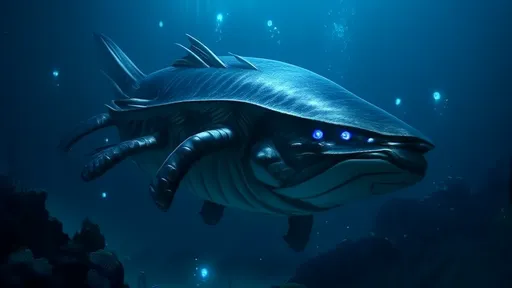
By /Jun 10, 2025
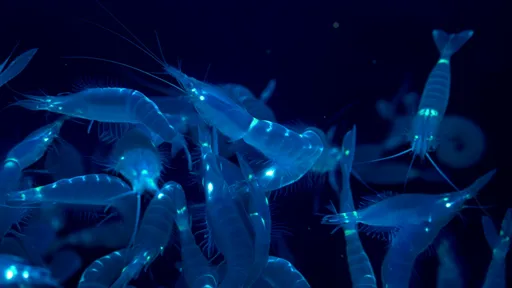
By /Jun 10, 2025

By /Jun 10, 2025
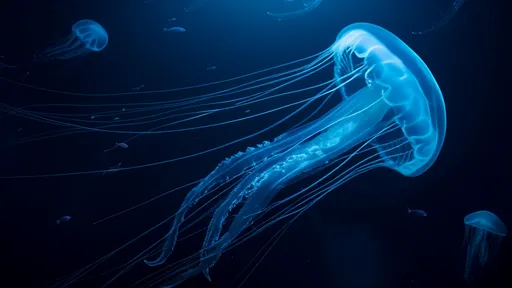
By /Jun 10, 2025
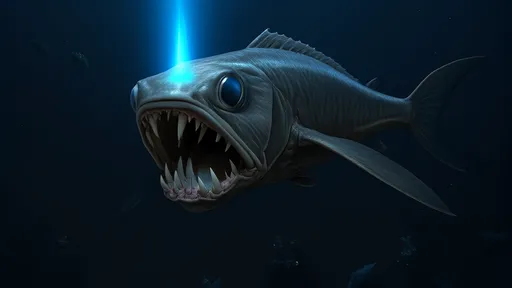
By /Jun 10, 2025